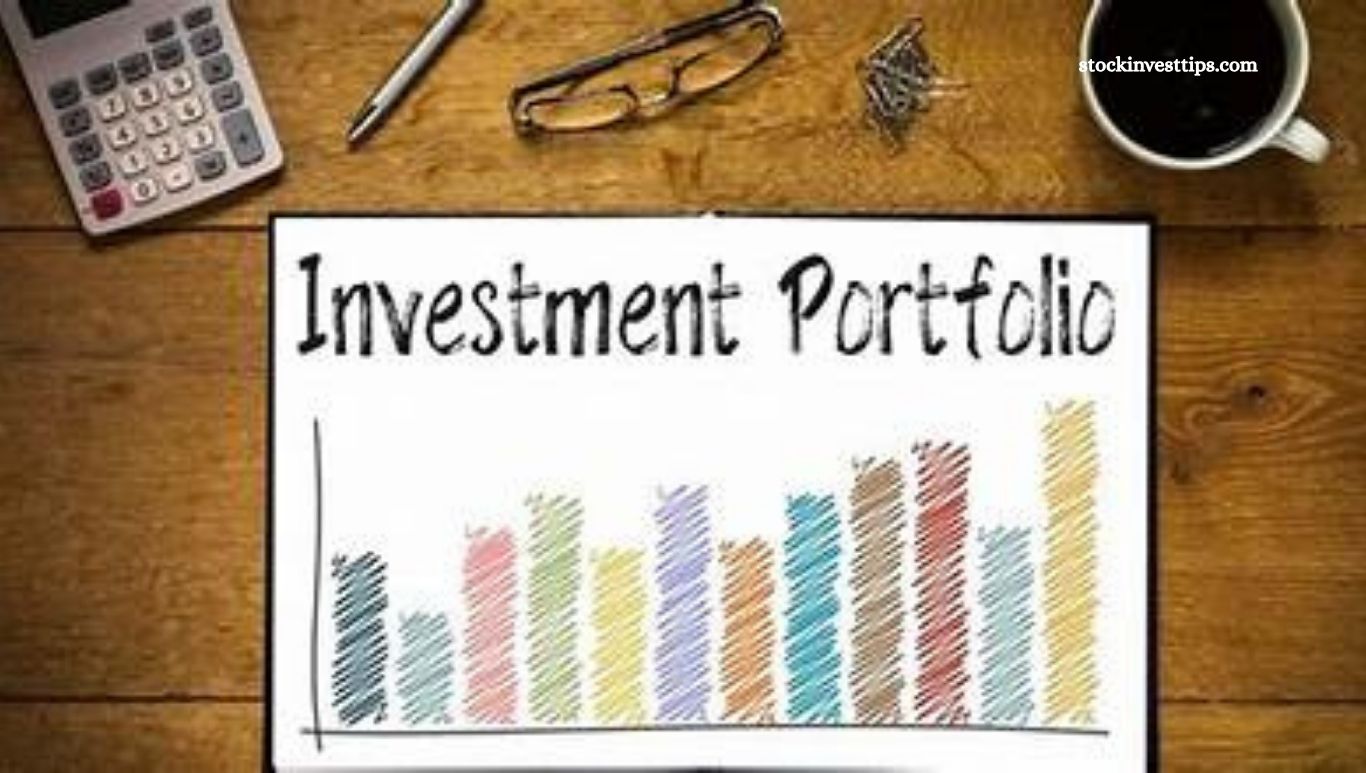An investment portfolio is your strategy for capital growth, allowing you to diversify risk and balance market fluctuations.
A client recently asked me, “How can I create my investment portfolio?” You might have wondered the same. That’s why, at Finance & Projects, I’m here to guide you through building and managing a successful investment portfolio.
Defining my investment portfolio
An investment portfolio consists of various financial instruments, such as shares and time deposits, forming the foundation of any capitalization strategy. It includes two main asset types: fixed income and variable income.
Variable income assets are more sensitive to market fluctuations and company performance, while fixed income assets offer more stability through agreed-upon returns.
Defining your portfolio means answering the question: Where should I invest my money? The goal is to choose the right investments—ranging from stocks to startups—that will grow your funds efficiently and profitably. Focus on identifying assets that work best to maximize your returns.
Read More: Top 3 Strategies to Uncover Your Trading Strengths
Types of investments
When defining your portfolio, you decide where to invest your money, considering your financial capacity and the geographic location of your investments.
Investing in Mexico’s stock exchange differs greatly from investing in Argentina due to unique local and global economic factors.
Success requires understanding that investment strategies don’t apply universally. Working with a broker can help you choose the best funds and opportunities tailored to your goals, skills, and market conditions.
Here’s a practical list of investment options you might consider:
- Stocks
- Foreign exchange
- Metals
- Commodities
- Bonds
- Time deposits
- Alternative investments
- Real estate
- Stock indexes
Guidelines to build a successful investment portfolio
The key question is how to build a successful investment portfolio—one that consistently achieves your financial goals.
Before sharing guidelines, it’s important to understand that no investment offers absolute guarantees. Risk, the chance that outcomes may differ from your plans, is always present.
By following these strategies, you can reduce risk and its impact, improving your chances of financial success and stronger portfolio performance.
Define your risk profile
The most important guideline for building any investment portfolio is diversification—balancing different financial instruments based on their risk to achieve a positive overall outcome.
Since portfolios include assets with varying risk levels, your strategy should balance them to meet your expectations.
Avoid focusing solely on high- or low-risk investments. Instead, combine high, moderate, and low-risk assets to generate consistent returns. This balance works best when guided by a thorough risk analysis rather than arbitrary choices.
Choose times according to your goals
The second key guideline involves setting clear objectives and timelines—often overlooked in favor of focusing solely on profitability and risk.
Investment goals and time horizons are crucial. Short-term investments typically carry higher risk but offer greater potential returns, while long-term investments focus on lower risk with steadier, smaller gains.
When diversifying, align your portfolio with your specific goals and timeframes. If you want quick, high returns, short-term investments suit you better; for steady growth, focus on long-term options.
Familiarize yourself with the world of investments
Finally, it’s essential to stay informed about the investment world and market volatility. You don’t need to follow every headline, but staying aware of developments in your investment sectors is crucial.
While a broker handles your trades, you must be involved in decision-making. The more knowledge you have, the better your portfolio performance.
Using online investment simulators can help you practice real-time trading and understand market dynamics. To succeed, make staying informed a key part of your investment strategy.
Frequently Asked Questions
What is an investment portfolio?
An investment portfolio is a collection of financial assets like stocks, bonds, and other instruments that you hold to achieve your financial goals while managing risk.
How do I start building an investment portfolio?
Begin by assessing your financial goals, risk tolerance, and time horizon. Then, choose a mix of assets that aligns with your profile and diversify to reduce risk.
What types of investments should I include in my portfolio?
A balanced portfolio often includes stocks, bonds, real estate, and alternative investments. The exact mix depends on your risk tolerance and investment goals.
How important is diversification in my portfolio?
Diversification spreads your investments across different assets, reducing the risk of significant losses and helping stabilize returns.
Should I invest for the short term or long term?
It depends on your goals. Short-term investments typically carry higher risk but may offer quick gains, while long-term investments focus on steady growth with lower risk.
Do I need a financial advisor to build my portfolio?
While not mandatory, a financial advisor or broker can provide valuable guidance tailored to your needs and help you navigate complex investment choices.
How often should I review and adjust my portfolio?
Regular reviews—at least annually or when significant life changes occur—ensure your portfolio remains aligned with your goals and market conditions.
Conclusion
Creating a successful investment portfolio requires a clear understanding of your financial goals, risk tolerance, and time horizon. By diversifying your assets and staying informed about market trends, you can balance risk and maximize returns.
Remember, involving a trusted financial advisor can provide valuable support in making informed decisions. With careful planning and ongoing management, your investment portfolio can become a powerful tool to grow your wealth and achieve long-term financial success.

